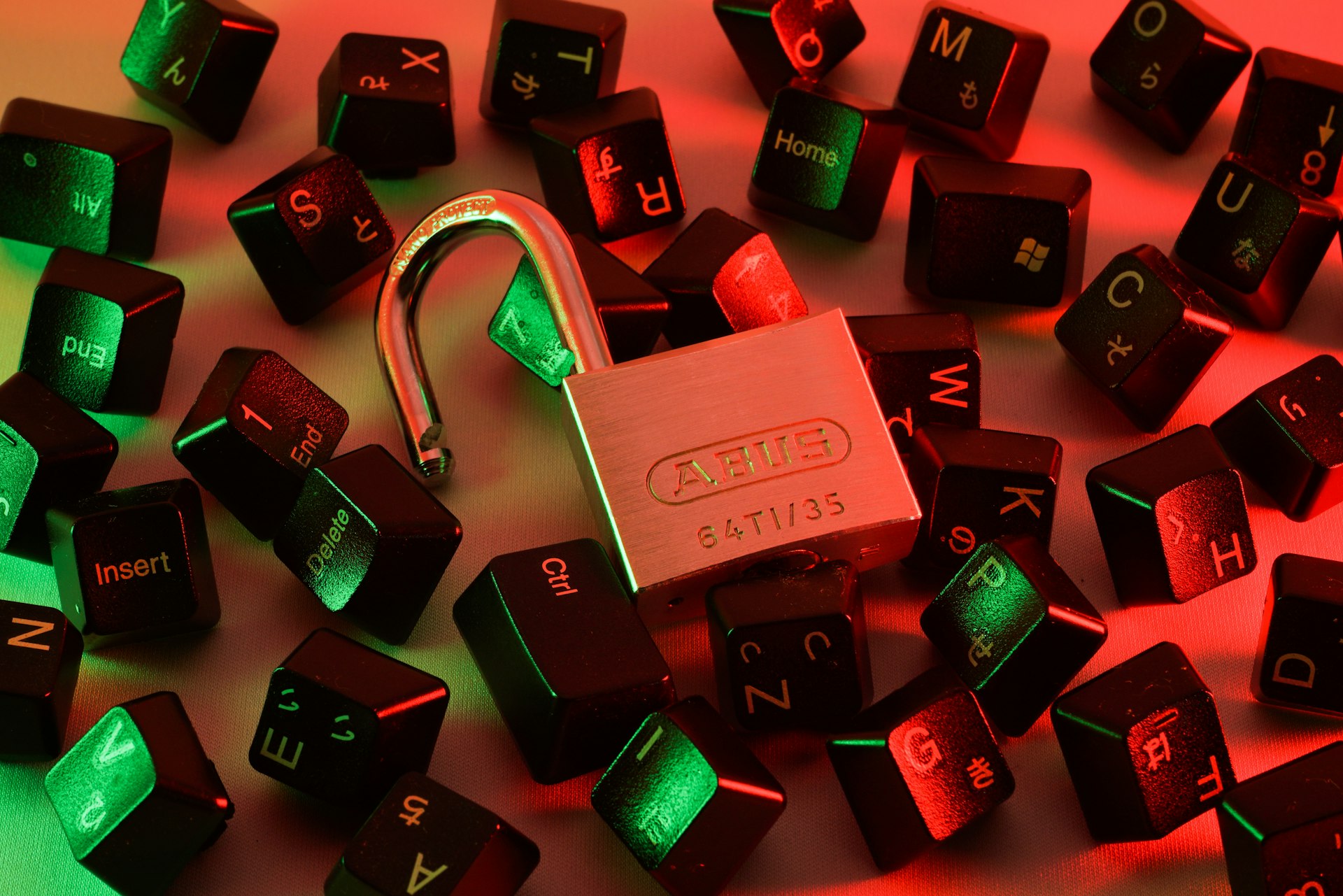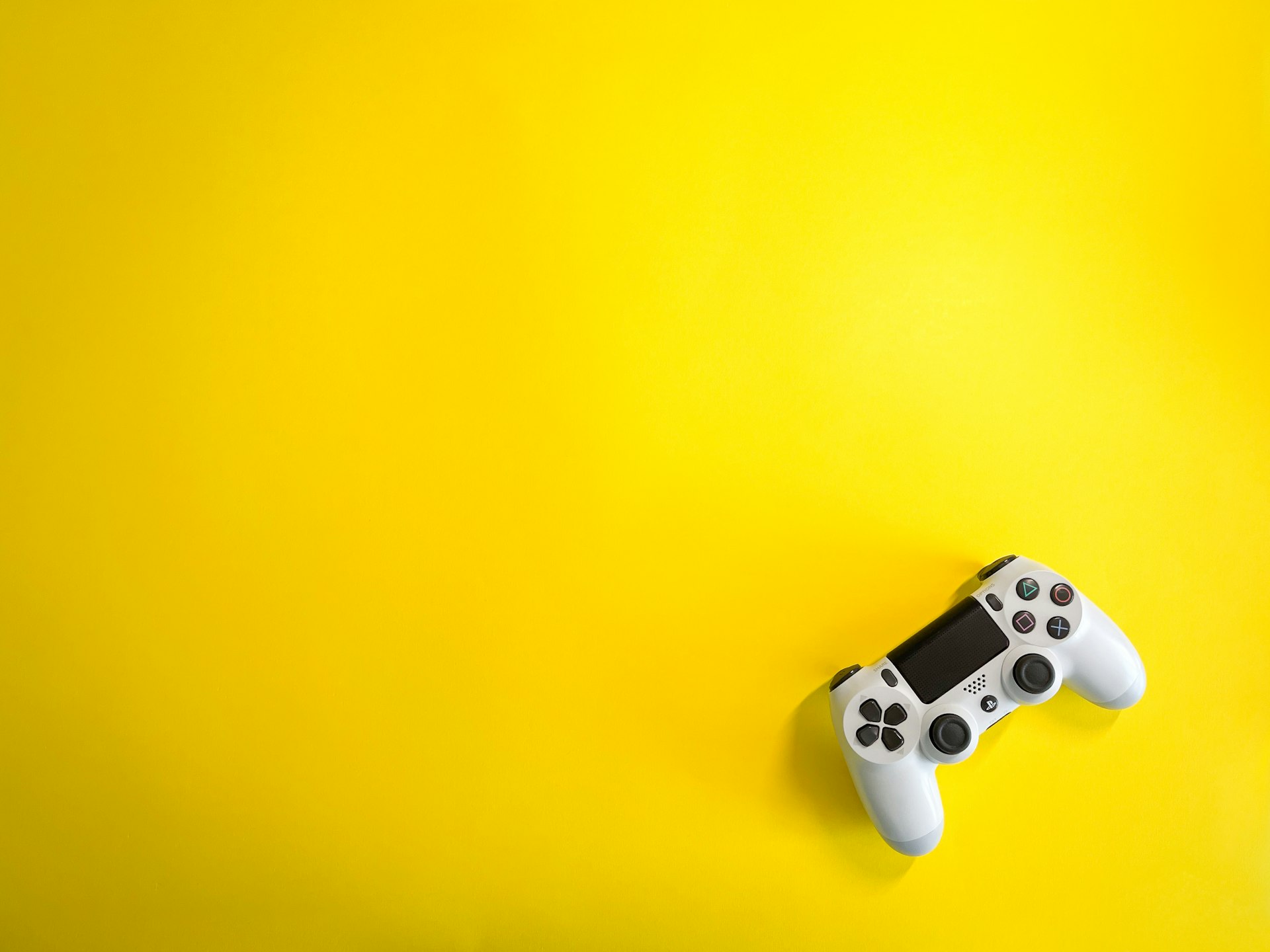A Comprehensive Guide to Choosing and Using Biodegradable Seedling Starter Pots

Photo by Jonathan Kemper on Unsplash
Introduction: The Shift Toward Eco-Friendly Gardening
As gardeners become more conscious of their environmental impact, the use of biodegradable seedling starter pots has emerged as a practical and sustainable alternative to traditional plastic containers. These pots offer a straightforward way to reduce plastic waste, lower your carbon footprint, and foster healthier plants, all while aligning with the growing movement toward eco-friendly gardening [1] . This guide explores the benefits, types, practical application, and common challenges associated with biodegradable seedling pots, providing actionable steps and real-world examples for gardeners at every level.

Photo by Jonathan Kemper on Unsplash
What Are Biodegradable Seedling Starter Pots?
Biodegradable starter pots are containers made from organic or recycled materials such as coconut coir, wood fiber, peat, rice husks, and recycled paper . Unlike plastic pots that persist in landfills for decades, these alternatives naturally break down in the soil, returning nutrients to the earth and leaving minimal waste [1] . This decomposition process can vary based on material and environmental factors, but the end result is a pot that minimizes long-term environmental impact.
Benefits of Using Biodegradable Pots
The use of biodegradable pots brings several tangible benefits:
- Eco-Friendly and Sustainable : These pots are made from renewable resources, reducing reliance on fossil fuels and supporting sustainable practices [1] .
- Reduced Plastic Waste : By choosing biodegradable materials, gardeners contribute less to landfill waste and ocean pollution [1] .
- Healthier Root Systems : Because these pots can be planted directly into the soil, they minimize root disturbance and transplant shock. This is especially beneficial for crops that dislike root disruption, such as squash and cucumber [2] .
- Compostable : Many types can be added to compost piles after use, further reducing waste [1] .
For example, coconut coir and wood fiber pots are valued for their rapid decomposition and soil enrichment, while peat pots are widely available and offer decent water retention [4] .
Types of Biodegradable Seedling Pots
Several varieties of biodegradable pots are available, each with unique properties:
- Peat Pots : Traditionally made from compressed peat, these are easy to find and affordable. However, decomposition can be slow if the pot remains above ground and may restrict root growth if not fully broken down [2] .
- Coconut Coir Pots : Made from the husk of coconuts, these pots decompose quickly and improve soil aeration. They are an excellent choice for eco-conscious gardeners [4] .
- Paper and Cardboard Pots : DIY options like egg cartons or newspaper pots are cost-effective and promote recycling. They break down rapidly in the soil and are ideal for small-scale gardeners [5] .
- Wood Fiber and Pulp Pots : These offer structural strength and good decomposition rates. They are suitable for a wide range of seedlings [4] .
Availability and pricing may vary. For example, a pack of 12 coconut fiber pots can be found for under $5 at many gardening retailers [4] . Paper pots and peat pellets are also widely accessible through specialty gardening stores.
How to Use Biodegradable Pots: Step-by-Step Guidance
To maximize the benefits of biodegradable seedling pots, follow these best practices:
- Choose the Right Pot : Select a pot material suitable for your plant type and local climate. For moisture-loving plants, coconut coir or peat may be ideal, while paper pots work well for quick-growing annuals.
- Prepare Your Potting Mix : Use a sterile, well-draining seed starting mix to reduce the risk of mold and disease. Avoid reusing soil from previous seasons unless it’s been properly composted.
- Sow Seeds : Plant seeds at the recommended depth, water gently, and place your pots in a warm, well-lit area. Monitor moisture carefully, as biodegradable pots can dry out faster than plastic alternatives [3] .
- Transplanting : When seedlings are sufficiently strong, plant the entire pot directly into the garden soil. Ensure that the pot is fully below the soil surface; if exposed, it may wick moisture away from the roots and slow decomposition [2] .
- Post-Transplant Care : Water thoroughly after transplanting to encourage integration with surrounding soil. Monitor for any signs of restricted root growth or pot remnants inhibiting development.
For homemade pots, such as those made from newspaper or egg cartons, shape and size can be adjusted for specific seedlings. These DIY versions are especially popular for educational projects and small gardens [5] .
Common Challenges and Solutions
While biodegradable pots offer many advantages, they also present some challenges:
- Slow Decomposition : Some pots, especially peat-based ones, may not break down fast enough in cool or dry soils. This can restrict root growth or act as a barrier, especially if the pot rim remains exposed [2] . To address this, tear or slit the pot sides before planting to ensure roots can easily escape.
- Mold and Fungal Issues : High humidity and poor air circulation may promote mold on the pot surface. Use a sterile mix, water sparingly, and provide adequate airflow to minimize risk [3] .
- Faster Drying : Biodegradable materials often wick moisture, causing the soil to dry out more quickly. Regular monitoring and consistent watering are essential, especially in warm environments [3] .
- Single-Use Nature : Unlike sturdy plastic pots, most biodegradable pots are not suitable for reuse, which may increase costs for large-scale growers [3] . DIY alternatives using recycled materials can help offset this expense.
Consider rotating different biodegradable materials to determine which works best for your specific gardening needs and local growing conditions.
Alternative Pathways and Additional Resources
If commercial biodegradable pots are not readily available in your area, or if you wish to minimize costs, consider these alternatives:
- DIY Paper Pots : Use newspaper strips to fold and roll your own pots. Many gardeners use cylindrical glass jars or cans as molds. These break down rapidly and are ideal for small seedlings [5] .
- Egg Carton Starters : Reuse cardboard egg cartons by cutting them into individual cells and filling them with soil. Plant the entire section directly into the ground after seedlings mature [5] .
- Compostable Fiber Pots : Fiber pots, often made from recycled pulp, can be sourced from garden centers or online retailers with certified compostable products [4] .
To locate these products, you may:
- Contact local garden centers and ask specifically for biodegradable or compostable seedling pots.
- Search reputable online retailers for “biodegradable plant pots” and review customer feedback for product quality.
- Look for third-party certifications, such as OMRI listing for organic gardening, to ensure materials are truly compostable [2] .
If in doubt about product claims, check for independent product testing or seek advice from local gardening clubs or university extension programs.
Summary and Key Takeaways
Biodegradable seedling starter pots provide a practical pathway to more sustainable gardening by reducing plastic waste and supporting healthy plant development. While they require careful management of moisture and decomposition rates, their environmental and plant health benefits often outweigh the challenges. By choosing the appropriate materials, following best practices, and leveraging DIY alternatives when necessary, gardeners can transition toward a greener, more responsible growing process.
References
- [1] Spicy Moustache (2024). How To Do Eco-Friendly Gardening: The Benefits of Biodegradable Pots.
- [2] Seeds ‘n Such (2024). Peat Pots: The Good, Bad, And The Ugly.
- [3] The Drought Proof Garden (2024). Plantable Seed Starting Pots: Pros and Cons. [YouTube]
- [4] Grow Organic (2021). Biodegradable Plant Pots.
- [5] Science World (n.d.). Biodegradable Seedling Pots.



